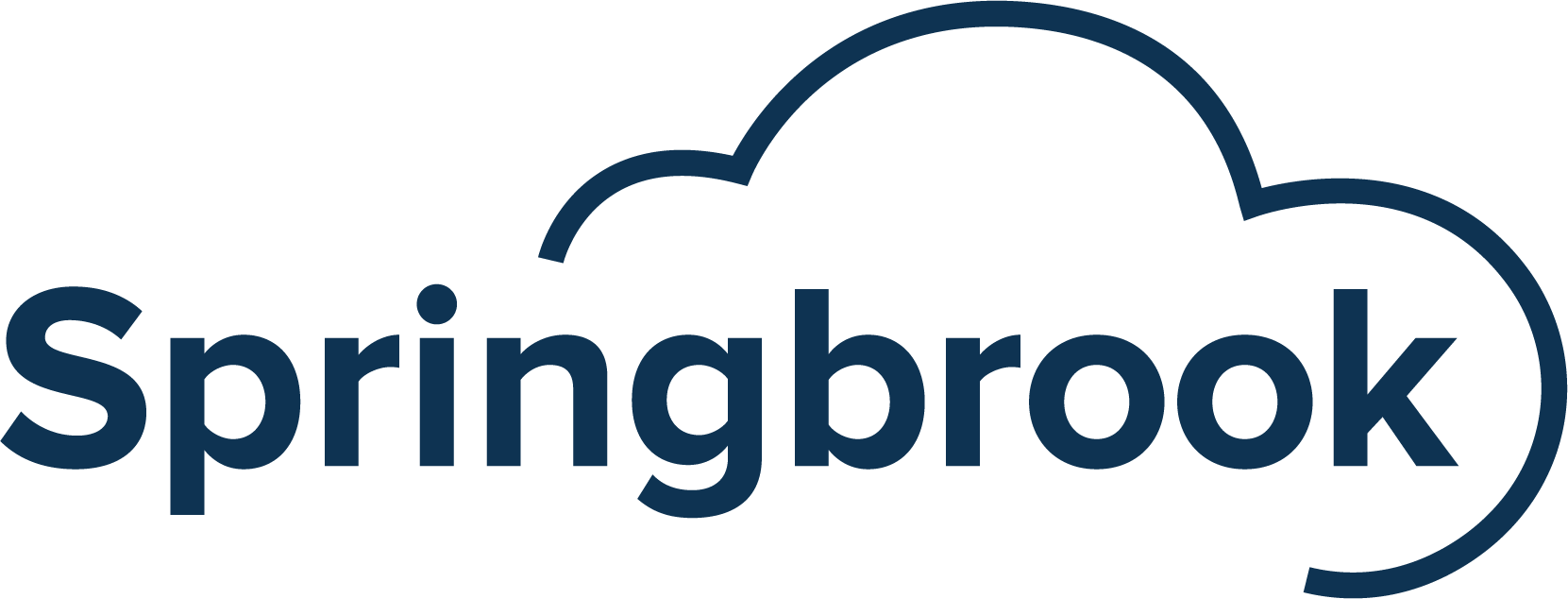Close it out! The Reconciliation and Month Close Process
The reconciliation and month close process is an important task for those in a finance role. Through the reconciliation process a clear picture of the financial position is gained. This process serves as a method of internal control, an accuracy check, and results in financial reports that decision makers can rely upon. A key part of your role is to provide accurate and timely information to decision makers. The reconciliation and month close process helps achieve this when completed on a timely basis.
Depending on your entity reconciliations may take many forms. One form of reconciliation that will be completed is a bank reconciliation. This involves comparing the records that are recorded on the books to what the ‘bank’ has. Another way to think about this is that you’re comparing the amount of cash you should have to what you actually have. Often the county will serve as the ‘bank’ for Fire Districts and other Special Purpose Districts. Some may have a bank account and the county functioning as the bank. Another type of reconciliation that may be done is a sub-ledger to general ledger reconciliation. This is usually dependent upon the size and complexity of the entity. With this reconciliation the totals from the sub ledger are verified with the general ledger.
How?
Often times accounting software has features that make reconciliations more efficient than manual reconciliations. It is still important to understand the components of a bank reconciliation. When reconciling, you’re making sure all cash transactions match the bank and are appropriately recorded. This process is similar to a personal bank account reconciliation. To match the ending cash balance on the books to the bank cash balance you need to start with the banks ending cash balance. There are items that need to be added in (deposits in transit) and subtracted out (checks that haven’t cleared). Then take your book balance, deduct any service fees, NSF checks, penalties, and to that ‘sub-total,’ add any interest earned. This should result in the adjusted bank balance equaling the adjusted book balance.
Reconciling by hand can be tedious. Software tools make this process easier. When reconciling with a software you will enter the beginning balance from the bank, total revenues, total expenditures, and verify the ending balance calculated by the software is accurate. Once the totals are entered items will be checked off that appear on both the bank statement and books. Often the bank or county will use the terms debits and credits. Focus less on these terms and focus more on whether an item is a cash inflow or a cash outflow.
During the reconciliation process notations should be made on statements. Check marks or other preferred symbol should be made next to reconciled items. Make sure that each statement is initialed and dated when reconciled. This is an essential part of generating required support documentation for your reconciliation documentation. Do your best to keep accurate, complete, and organized records. Eventually all Washington State entities will be audited. The best way to prepare for an audit occurs with each financial transaction. If financial records are thorough and organized the audit process will be more effective and less time consuming.
Why?
Reconciliations catch errors and verify the accuracy of records. Reconciliations that are completed in a timely manner provide useful reports. It is important to provide those tasked with governance the information that will aid them in decision-making. Bank reconciliations identify the exact amount of money on hand. Additionally, reconciliations and the monthly close process function as an internal control. For many smaller entities the cost of some internal controls outweigh the benefits. Reconciliations are not one. Financial information is validated through the reconciliation and close process. This validation is a critically important.
The monthly close process will vary based on the size and complexity of your entity. This process for many smaller entities will involve the reconciliation of all cash and investment accounts. After the reconciliations have been completed reports should be generated, reviewed, and signed by someone other than the reconciler. Those who should review these include the Mayor, Fire Chief, City Administrator, or someone else in a supervisory role. Upon completing this process the month should close to data entry. Some software systems, including BIAS, are designed to prevent additional data entry once the month is closed.
When?
Reconciliations should take place as soon as you have sufficient documentation. Bank statements, county statements, and other supporting documents are examples of what you may need to obtain. Reconciliations need to occur in a timely manner. Often reconciliations catch errors. Slight discrepancies in data entry, NSF checks, bank and county error, are all items that are caught when doing a reconciliation. The goal with this process to provide decision makers accurate and timely information that is decision useful.
Anything Else? Regardless of entity size the reconciliation process is critical and is an underappreciated task. It is important to train others how to do reconciliations. Trust has been implied when you’re hired or appointed to your position. Strengthening the position with a regular review provides sound, best business practice. Anyone who does not process financial information can be cross-trained to review your totals. Don’t forget to have them initial and date the documents. Deputy Clerks, fire officers, and other supervisors are usually willing to assist you to accomplish this important step for success. Financial success is dependent on knowing the current financial position of your entity.
A standardized process makes the monthly close process effective and efficient and includes cross-training another to perform reconciliation. One note on standardization of processes. Continuous improvement should always be on your mind. ‘The phrase “That’s the way we’ve always done it!” doesn’t mean it is always the best way. If something is being performed the way it has always been, then it is time to think if improvements can be made. Even though the fundamental concepts of accounting have not changed for thousands of years, there may be a more effective and efficient way to perform a task.
Special Purpose District’s should add a step to the reconciliation process. Fund balances recorded on the books should be compared to the fund balances provided by the county. Compare each fund individually. All funds should match county records. This ensures the district is in balance with the county at the end of each month.
The reconciliation and month close process is an important finance task to complete. These serve as critical functions of internal control and provide timely and relevant information for regular financial health assessment. Through using a standard process the financial health of your entity can be assessed on a regular basis.


